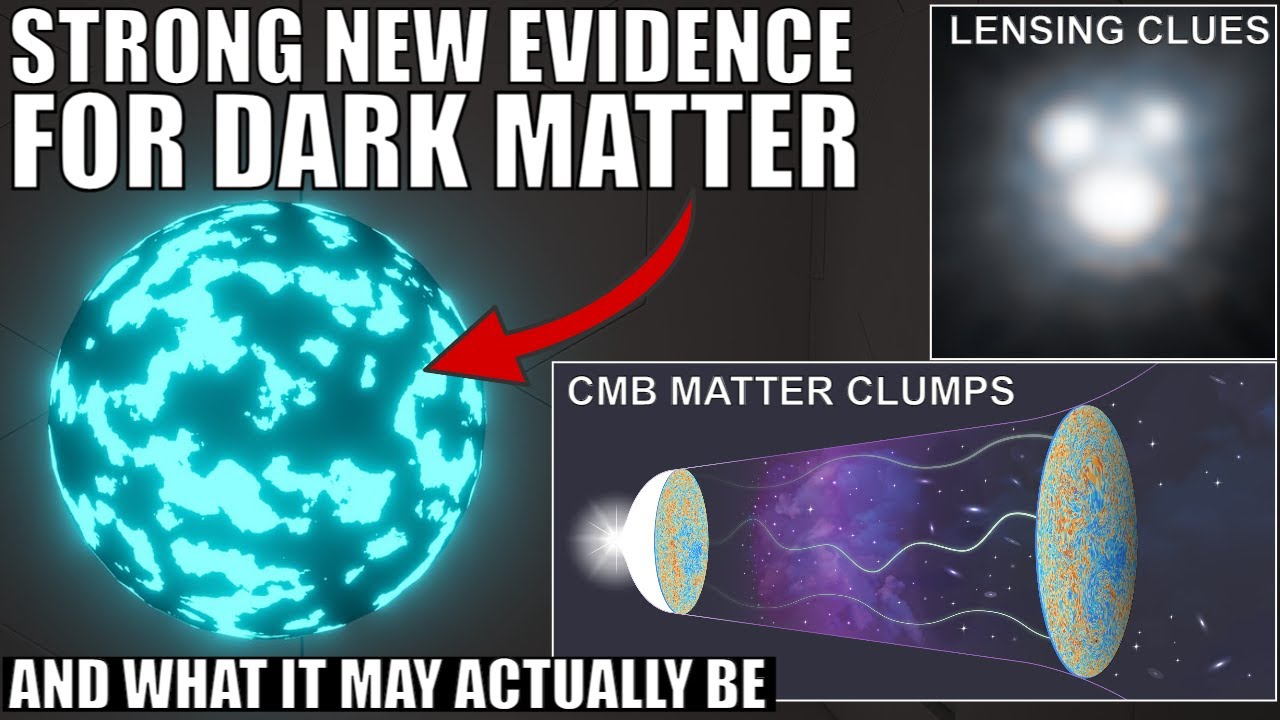In a paper published in Nature Astronomy on 2023-04-20, “Einstein rings modulated by wavelike dark matter from anomalies in gravitationally lensed images”, researchers report that observation of Einstein rings produced by gravitational lensing of distant objects by closer massive objects presumed to contain large quantities of dark matter (actually, transparent) suggests the lensing matter exhibits wavelike properties consistent with a very light particle such as the hypothetical axion. They find that dark matter composed of another candidate particle, weakly-interacting massive particles (WIMPs), fails to reproduce the structure of the observed lensed objects. Here is the abstract:
Unveiling the true nature of dark matter, which manifests itself only through gravity, is one of the principal quests in physics. Leading candidates for dark matter are weakly interacting massive particles or ultralight bosons (axions), at opposite extremes in mass scales, that have been postulated by competing theories to solve deficiencies in the Standard Model of particle physics. Whereas dark matter weakly interacting massive particles behave like discrete particles (ϱDM), quantum interference between dark matter axions is manifested as waves (ψDM). Here, we show that gravitational lensing leaves signatures in multiply lensed images of background galaxies that reveal whether the foreground lensing galaxy inhabits a ϱDM or ψDM halo. Whereas ϱDM lens models leave well documented anomalies between the predicted and observed brightnesses and positions of multiply lensed images, ψDM lens models correctly predict the level of anomalies remaining with ϱDM lens models. More challengingly, when subjected to a battery of tests for reproducing the quadruply lensed triplet images in the system HS 0810+2554, ψDM is able to reproduce all aspects of this system whereas ϱDM often fails. The ability of ψDM to resolve lensing anomalies even in demanding cases such as HS 0810+2554, together with its success in reproducing other astrophysical observations, tilt the balance toward new physics invoking axions.
The full text of the paper is behind the Nature paywall, but you can read a pre-publication version on arXiv for free, “Anomalies in Gravitational-Lensed Images Revealing Einstein Rings Modulated by Wavelike Dark Matter”.
